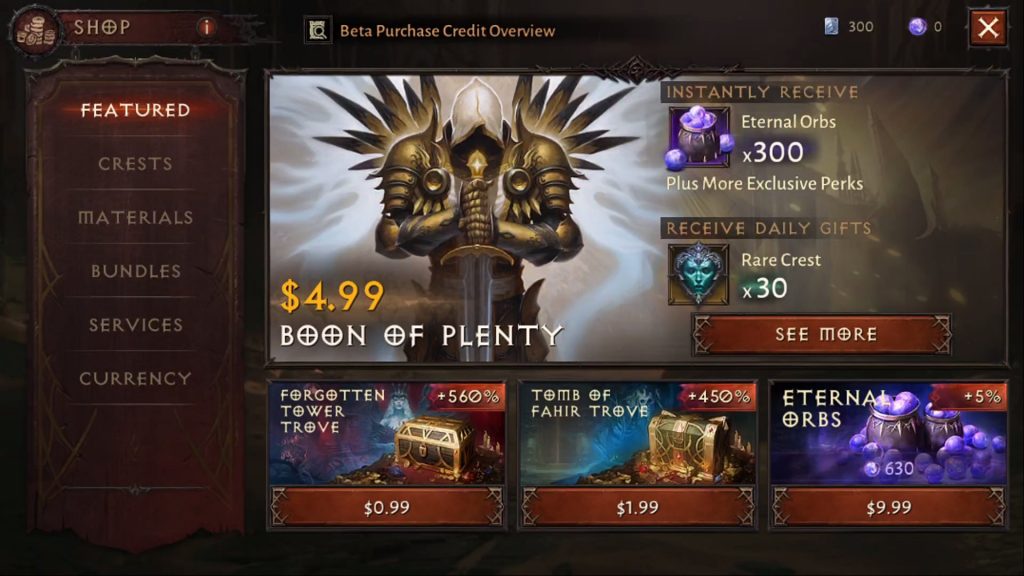Blockchain games part 2: monetization

This guest column is part of a series about the future promise of blockchain games from metaverse technology company MetaGravity.
From its inception, blockchain gaming has been at odds with traditional gaming, mainly around the focus on building games that people want to play rather than finding applications for new blockchain technology. This has triggered a bit of controversy, garnering negative attention from both gamers and the media about how blockchain can be integrated into the gaming industry and whether or not it is of inherent value to the wider ecosystem.
In-Game Monetisation
As with any financially lucrative endeavour, blockchain gaming has attracted some bad actors which in turn has tinted the view of honest and genuine projects that are trying to push the industry forward. A lot of these projects use clever marketing tactics to grow their audiences to the hundreds of thousands, however fail to deliver on their promises.
Projects such as Axie Infinity introduced a play-to-earn business model which went to the moon, then came crashing back down during the last bull run. Its cryptocurrency token Smooth Love Potion (SLP) lost 99% of its peak value and was hacked by the Lazarus Group for what Reuters purports to be $615m.
For a lot of gamers and industry enthusiasts, these types of projects have eroded their trust in blockchain technology and the value it can really provide the industry. It certainly causes unpleasant memories when money is stolen and an investment goes south. Once bitten, twice shy – right? It’s completely acceptable for public scepticism and scrutiny when such projects implode. But despite this occurring, it doesn’t mean that there isn’t a wider positive utility for blockchain technologies to add value to the gaming industry.
There are big problems that blockchains can help solve, or at the very least move the needle. The current poor state of in-game monetisation is detrimental to not only game developers but to players too. Game monetisation is currently anchored on a free-to-play microtransactions, which really means that you pay-to-win as you can play the freemium version of the game but get advantages from paying to receiving-game upgrades and advantages in order to progress faster.

Also, it’s worth noting how the Apple App Store currently makes its money by taking huge cuts from the game developers. The massive antitrust lawsuit between Apple and Epic Games is a good reminder of the scale of the problem.
One of blockchain’s core value propositions is the ability to create open economies and for games to be lucratively monetised by publishers without having to resort to the free-to-play (pay-to-win) or Lootbox (gambling) models that have proven to be widely detrimental to gamers and the quality of games that are able to compete on some platforms, especially mobile.
Game studios may have to rethink the way they currently make money from in-game transactions. Ideas for alternative methods could include introducing transaction taxes as a mechanism or even usage-based pricing models (similar to subscription models) but ever more granular and seamless.
